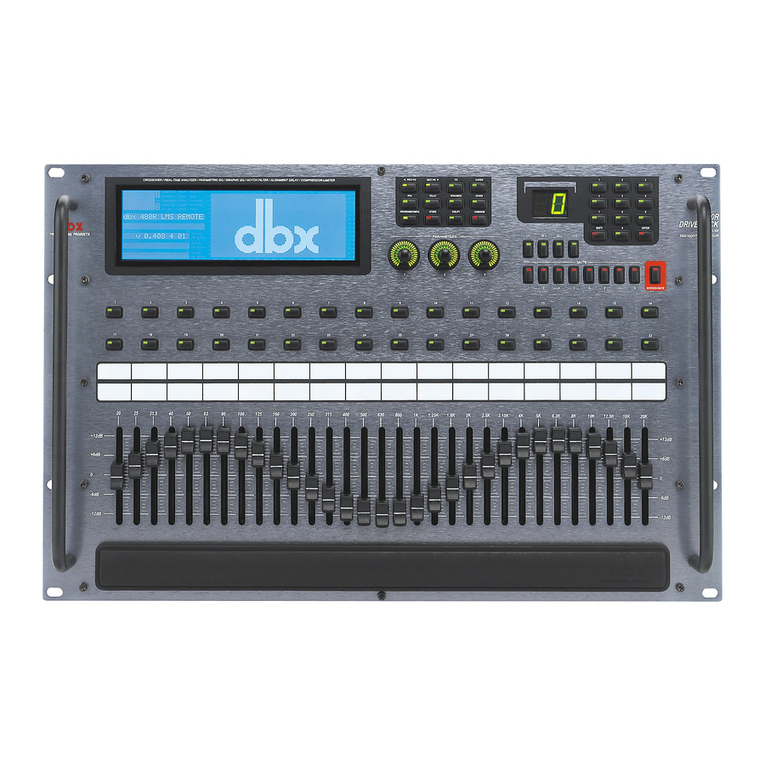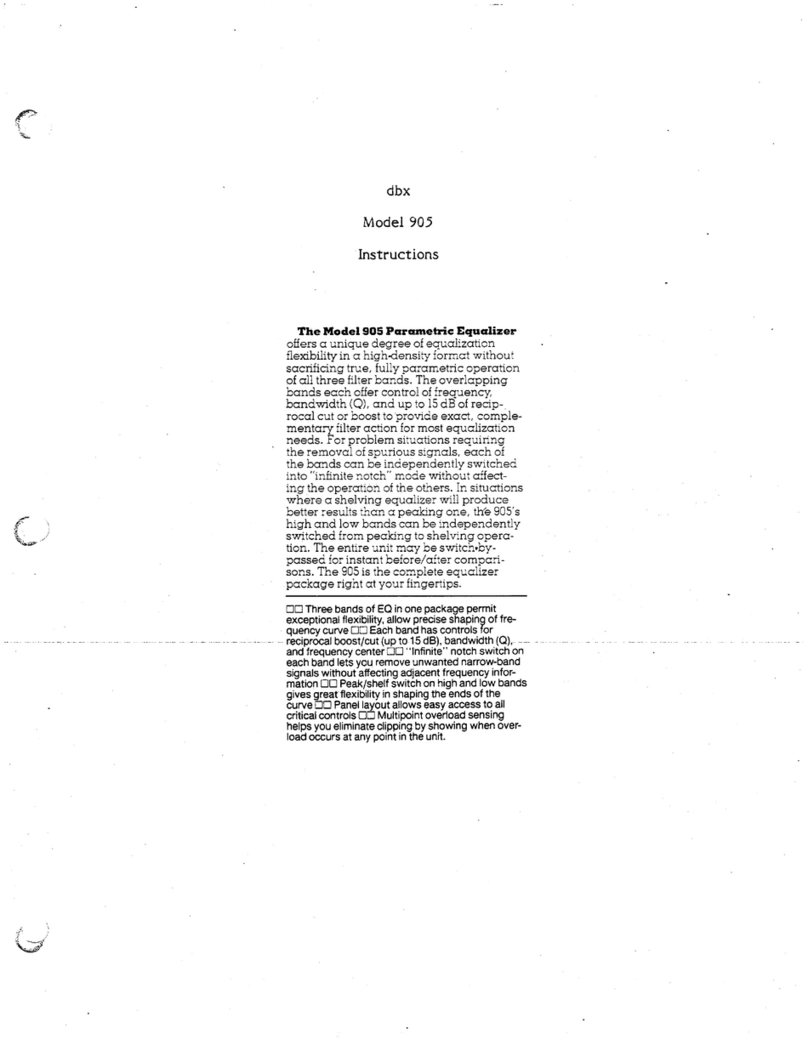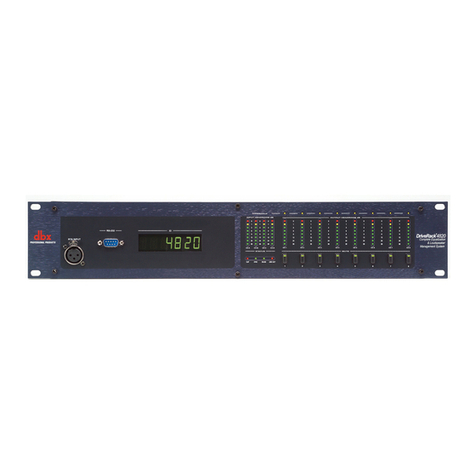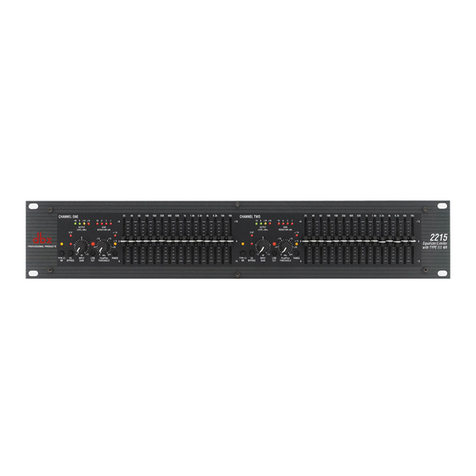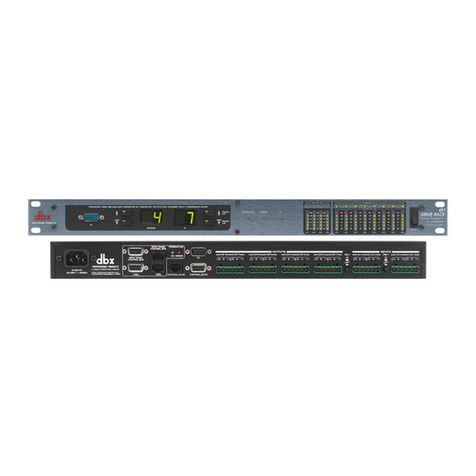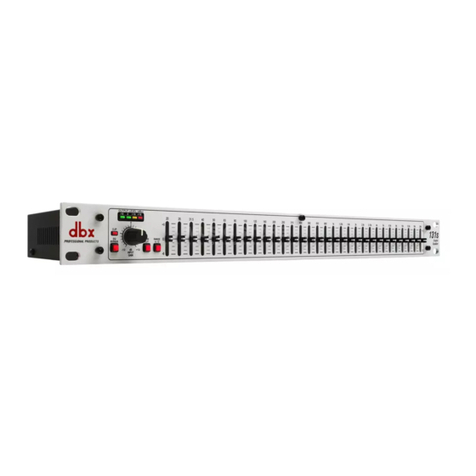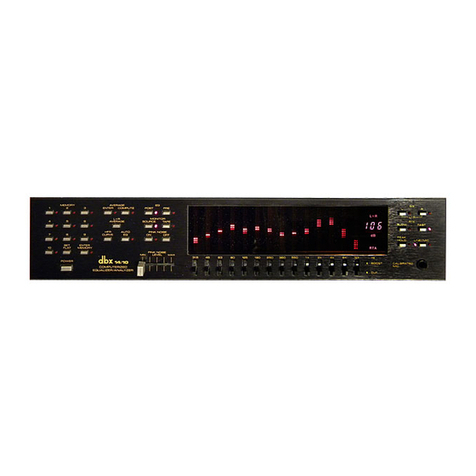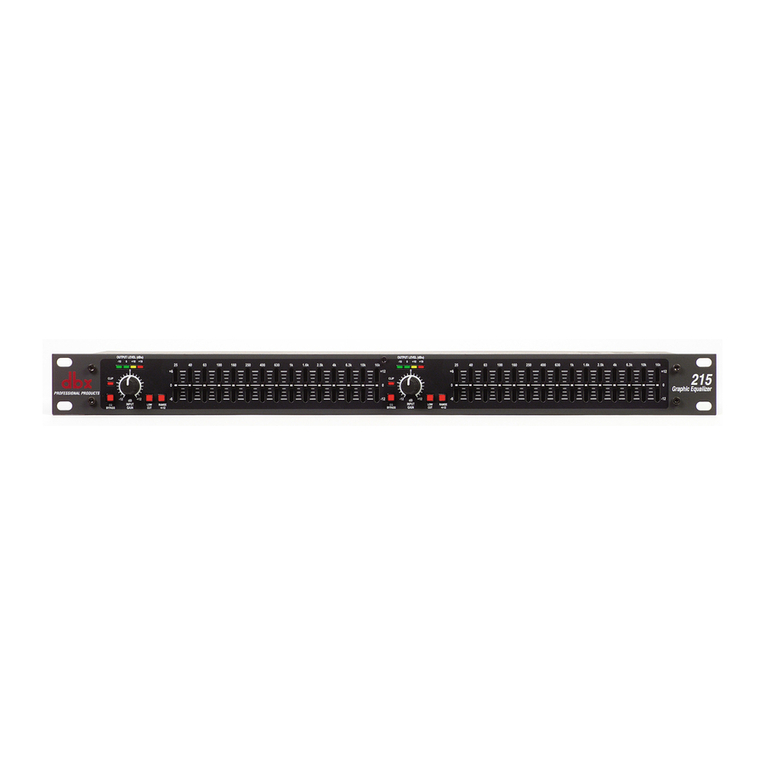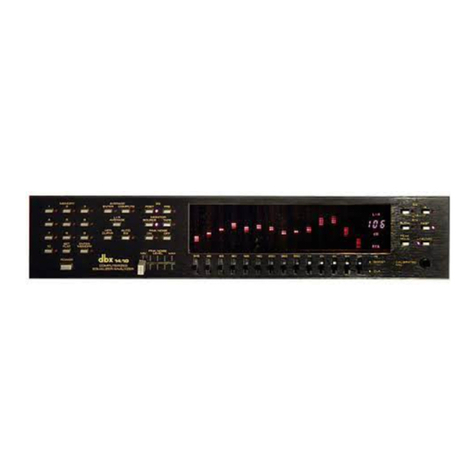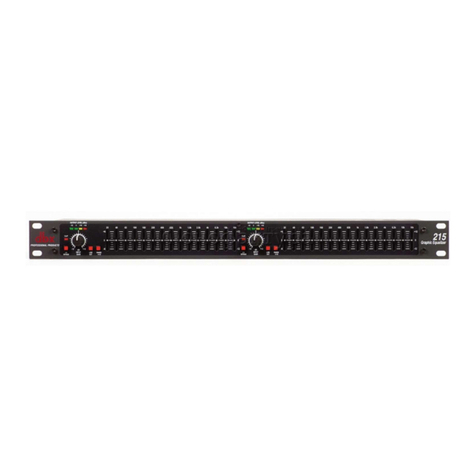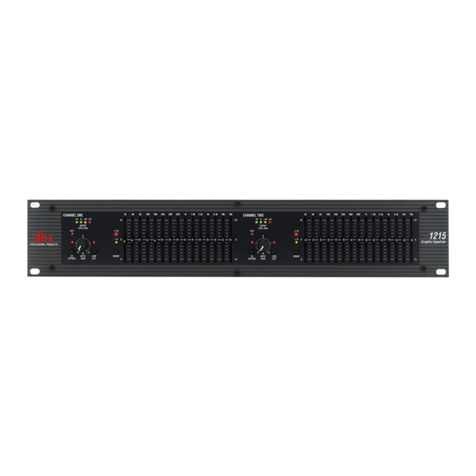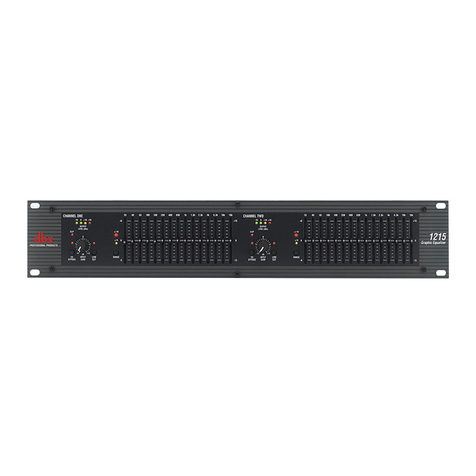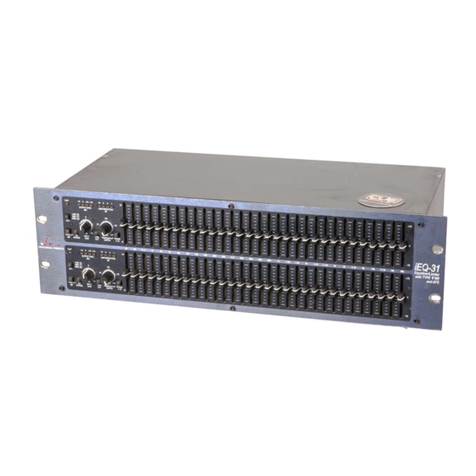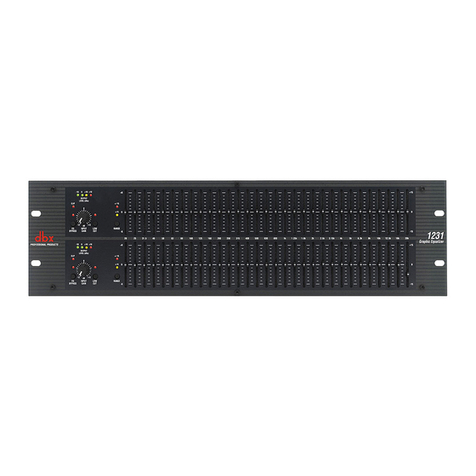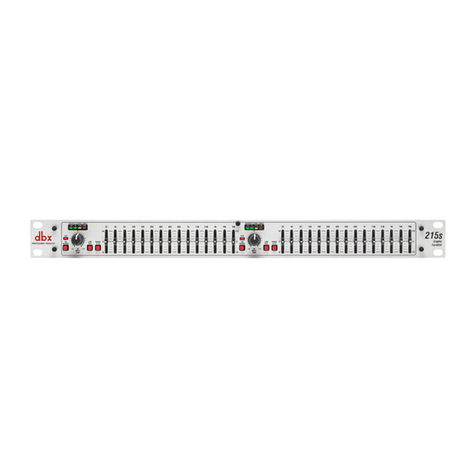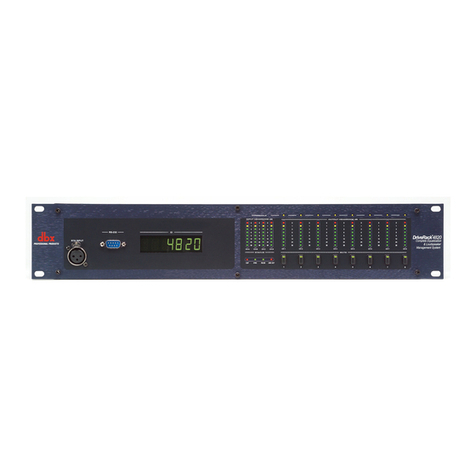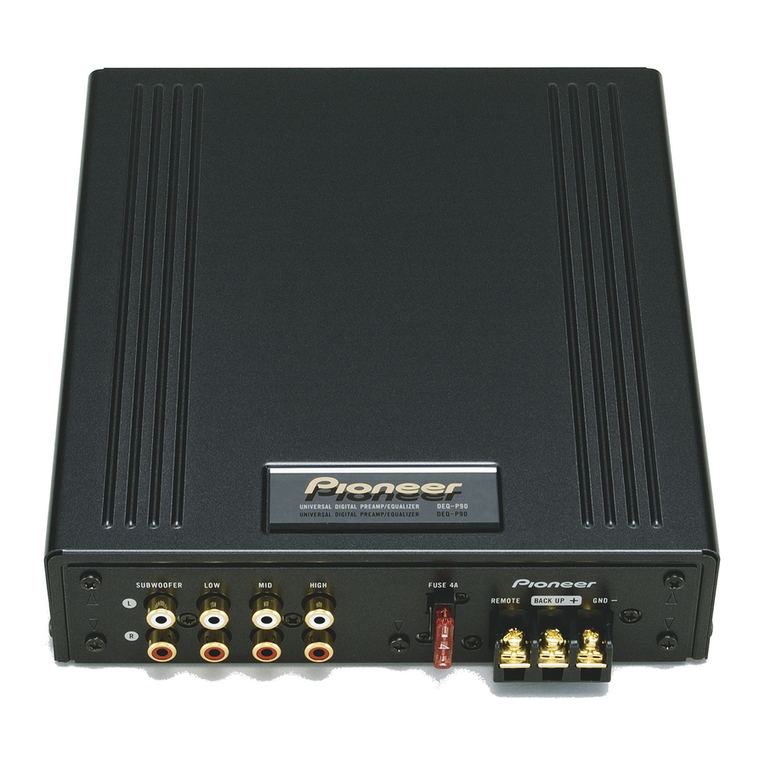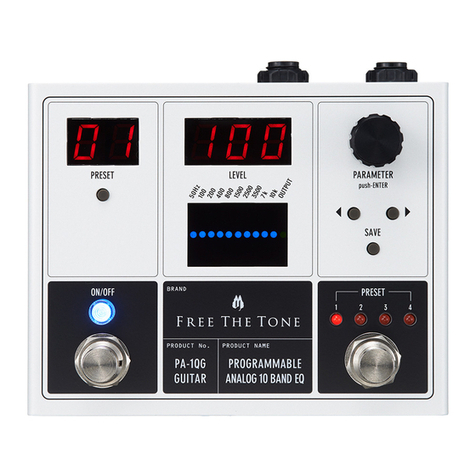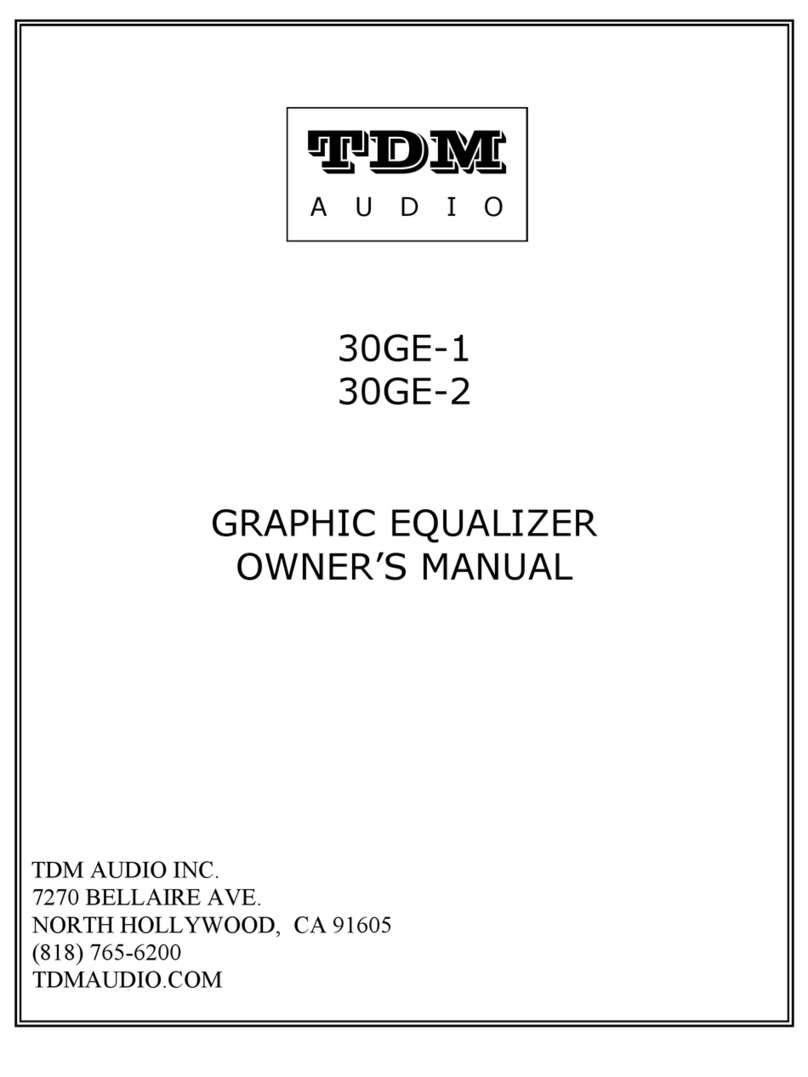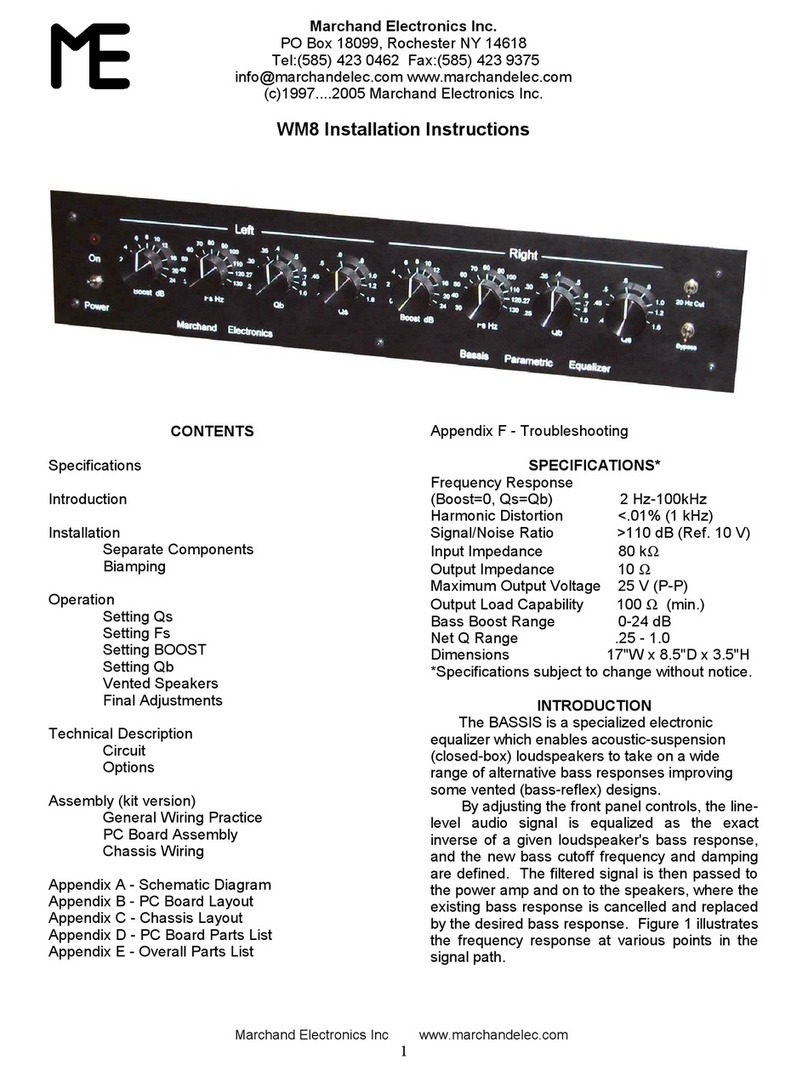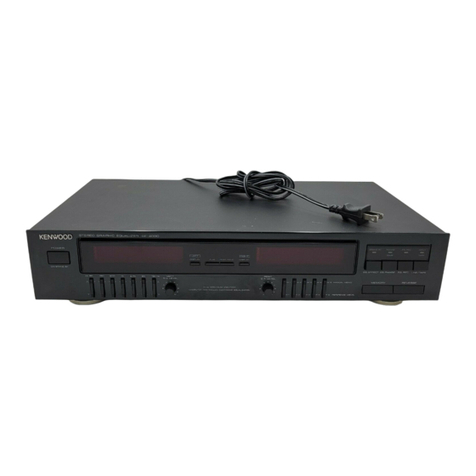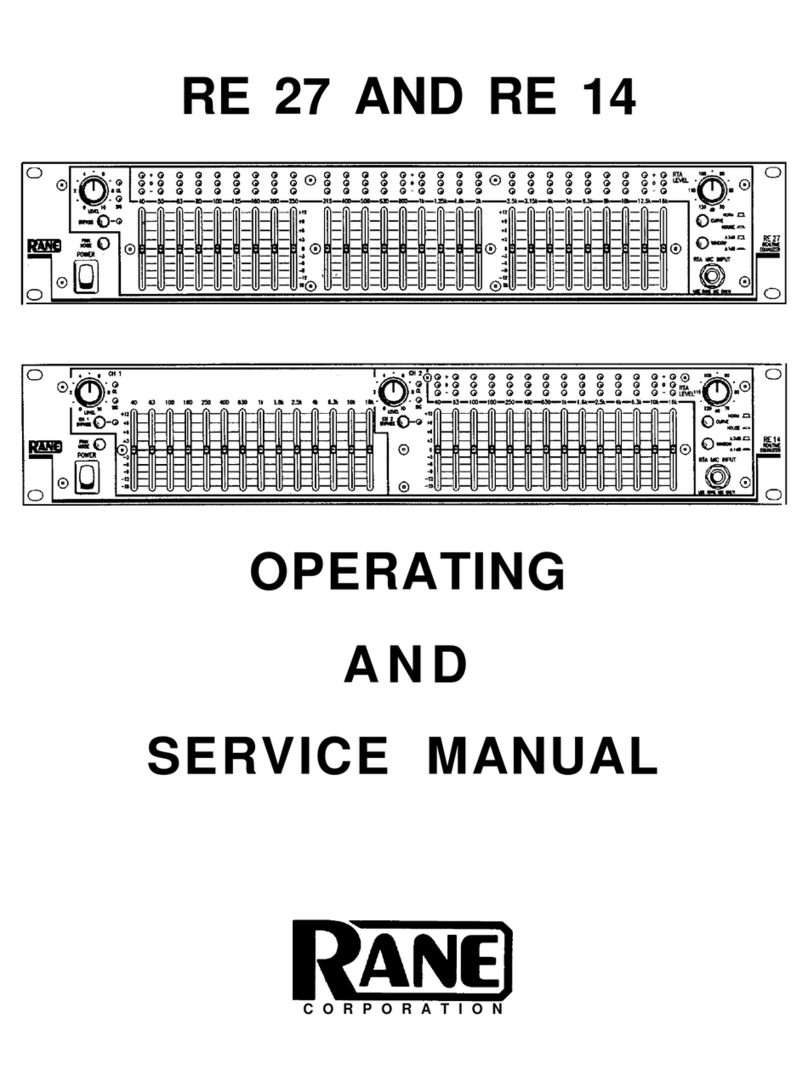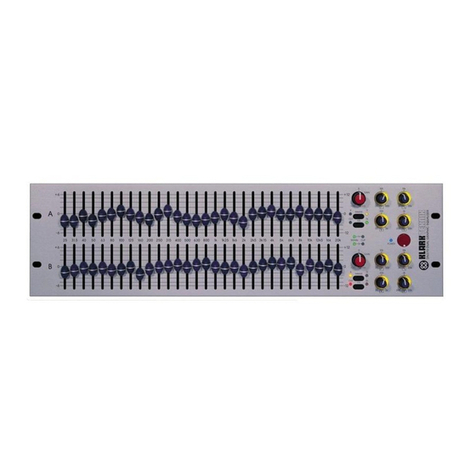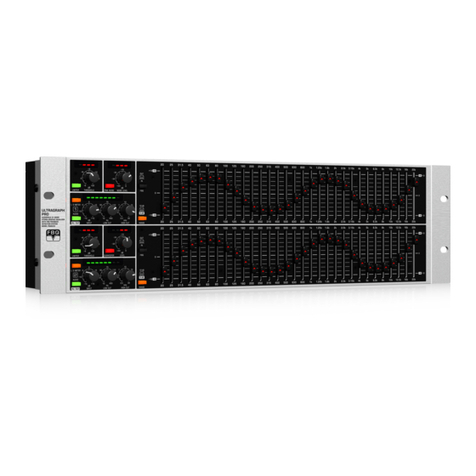WARNINGFORYOURPROTECTION
READTHESEINSTRUCTIONS:
KEEPTHESEINSTRUCTIONS
HEEDALLWARNINGS
FOLLOWALLINSTRUCTIONS
DONOTUSETHISAPPARATUSNEARWATER
CLEANONLYWITHADRYCLOTH.
DONOT BLOCKANYOF THEVENTILATION OPENINGS. INSTALL IN ACCORDANCEWITH THEMANU-
FACTURER’SINSTRUCTIONS.
DO NOT INSTALL NEAR ANY HEAT SOURCES SUCH AS RADIATORS, HEAT REGISTERS, STOVES, OR
OTHERAPPARATUS(INCLUDINGAMPLIFIERS)THATPRODUCEHEAT.
ONLYUSEATTACHMENTS/ACCESSORIESSPECIFIEDBYTHEMANUFACTURER.
UNPLUG THIS APPARATUS DURING LIGHTNING STORMS OR WHEN UNUSED FOR LONG PERIODS OF
TIME.
Donot defeatthe safetypurpose ofthepolarized orgrounding-type plug. Apolarized plughas
two blades with one wider than the other. A grounding type plug has two blades and a third
groundingprong. Thewide bladeorthirdprong areprovidedforyour safety. Iftheprovided
plugdoesnotfityouroutlet,consultanelectricianforreplacementoftheobsoleteoutlet.
Protect the power cord from being walked on or pinched particularly at plugs, convenience
receptacles,andthepointwheretheyexitfromtheapparatus.
Use only with the cart stand, tripod bracket, or table specified by the manufacture, or sold
withthe apparatus. Whenacart isused, use cautionwhen movingthecart/apparatus combi-
nationtoavoidinjuryfromtip-over.
Refer all servicing to to qualified service personnel. Servicing is required when the appara-
tus has been damaged in any way, such as power-supply cord or plug is damaged, liquid has
been spilled or objects have fallen into the apparatus, the apparatus has been exposed to rain
ormoisture,doesnotoperatenormally,orhasbeendropped.
POWER ON/OFF SWITCH: For products provided with a power switch, the power switch DOES
NOTbreaktheconnectionfromthemains.
MAINS DISCONNECT: The plug shall remain readily operable. For rack-mount or installation
where plug is not accessible, an all-pole mains switch with a contact separation of at least 3
mmineachpoleshallbeincorporatedintotheelectricalinstallationoftherackorbuilding.
FOR UNITS EQUIPPED WITH EXTERNALLY ACCESSIBLE FUSE RECEPTACLE: Replace fuse with
sametypeandratingonly.
MULTIPLE-INPUTVOLTAGE: Thisequipmentmay requiretheuse ofadifferent linecord,attach-
mentplug,orboth,dependingon the availablepowersourceatinstallation.Connectthisequip-
ment only to the power source indicated on the equipment rear panel. To reduce the risk of
fireorelectricshock,referservicingtoqualifiedservicepersonnelorequivalent.
ThisEquipmentisintendedforrackmountuseonly.
SAFETYINSTRUCTIONS
NOTICEFORCUSTOMERSIFYOURUNITISEQUIPPEDWITHAPOWERCORD.
WARNING:THISAPPLIANCEMUSTBEEARTHED.
Thecoresinthemainsleadarecolouredinaccordancewiththefollowingcode:
GREENandYELLOW-Earth BLUE-Neutral BROWN-Live
As colours of the cores in the mains lead of this appliance may not correspond with the coloured mark-
ingsidentifyingtheterminalsinyourplug,proceedasfollows:
•The core which is coloured green and yellow must be connected to the terminal in the plug
markedwiththeletterE,orwiththeearthsymbol,orcolouredgreen,orgreenandyellow.
•ThecorewhichiscolouredbluemustbeconnectedtotheterminalmarkedNorcolouredblack.
•ThecorewhichiscolouredbrownmustbeconnectedtotheterminalmarkedLorcolouredred.
This equipment may require the use of a different line cord, attachment plug, or both, depending on the
available power source at installation. If the attachment plug needs to be changed, refer servicing to
qualifiedservice personnel whoshouldrefer tothetable below. Thegreen/yellowwireshall beconnect-
eddirectlytotheunitschassis.
WARNING:Ifthe ground isdefeated,certainfault conditions intheunitor in thesystemto which itiscon-
nected can result in full line voltage between chassis and earth ground. Severe injury or death can then
resultifthechassisandearthgroundaretouchedsimultaneously.
Thesymbolsshownaboveareinternationallyacceptedsymbolsthatwarn of potential hazards with
electricalproducts. The lightning flashwitharrowpoint in anequilateral triangle means thatthere
are dangerous voltages present within the unit. The exclamation point in an equilateral triangle
indicatesthatitisnecessaryfortheusertorefertotheowner’smanual.
Thesesymbolswarn that there arenouserserviceableparts inside the unit. Donotopentheunit.
Do not attempt to service the unit yourself. Refer all servicing to qualified personnel. Opening the
chassisfor any reasonwillvoid the manufacturer’swarranty. Donot get theunitwet. If liquid is
spilled on the unit, shut it off immediately and take it to a dealer for service. Disconnect the unit
duringstormstopreventdamage.
IMPORTANT SAFETY INSTRUCTIONS
